Growth in Agricultural Applications
The Ethoxylate Market is witnessing significant growth in agricultural applications, particularly in the formulation of agrochemicals. Ethoxylates Market are utilized as surfactants in pesticides and herbicides, enhancing their effectiveness and stability. The agricultural sector is increasingly adopting advanced formulations to improve crop yields and pest management, which is expected to propel the demand for ethoxylates. According to industry reports, the agrochemical market is anticipated to reach USD 300 billion by 2025, with a substantial portion attributed to the use of ethoxylates. This trend suggests that the Ethoxylate Market will benefit from the rising need for efficient agricultural solutions, as farmers and manufacturers seek to optimize their products for better performance and environmental compliance.
Innovations in Industrial Applications
The Ethoxylate Market is benefiting from innovations in industrial applications, particularly in the manufacturing of lubricants, coatings, and plastics. Ethoxylates Market are employed as additives to improve the performance and stability of these products. The industrial lubricants market is expected to grow significantly, with a projected value of USD 70 billion by 2027, indicating a rising demand for high-performance lubricants. This growth is likely to drive the need for ethoxylates, as manufacturers seek to enhance product formulations. Moreover, the increasing focus on developing bio-based and environmentally friendly industrial products is expected to create new opportunities for the Ethoxylate Market. As industries continue to innovate and adapt to changing regulations, the demand for ethoxylates is anticipated to rise, reflecting the evolving landscape of industrial applications.
Rising Demand in Personal Care Products
The Ethoxylate Market is experiencing a notable increase in demand due to the growing popularity of personal care products. Ethoxylates Market serve as effective surfactants and emulsifiers, enhancing the texture and performance of lotions, shampoos, and other cosmetics. The market for personal care products is projected to reach USD 500 billion by 2026, indicating a robust growth trajectory. This surge is likely to drive the demand for ethoxylates, as manufacturers seek to improve product formulations. Furthermore, the trend towards natural and organic ingredients in personal care is pushing companies to explore ethoxylates derived from renewable sources, thereby aligning with consumer preferences for sustainability. As a result, the Ethoxylate Market is poised for expansion, driven by the evolving landscape of personal care and cosmetic formulations.
Increasing Focus on Sustainable Practices
The Ethoxylate Market is increasingly influenced by the focus on sustainable practices across various sectors. Companies are actively seeking to reduce their environmental footprint by adopting greener alternatives in their formulations. Ethoxylates Market derived from renewable resources are gaining traction, as they align with the growing consumer demand for sustainable products. The market for bio-based surfactants is projected to reach USD 20 billion by 2025, indicating a shift towards more environmentally friendly options. This trend suggests that the Ethoxylate Market will likely experience growth as manufacturers invest in research and development to create sustainable ethoxylate solutions. Furthermore, regulatory pressures and consumer preferences for eco-friendly products are expected to drive the adoption of sustainable practices within the industry, further enhancing the market potential for ethoxylates.
Expansion of the Household Cleaning Sector
The Ethoxylate Market is significantly influenced by the expansion of the household cleaning sector. Ethoxylates Market are widely used in various cleaning products, including detergents, surface cleaners, and fabric softeners, due to their excellent wetting and emulsifying properties. The household cleaning market is projected to grow at a CAGR of 4.5% over the next five years, driven by increasing consumer awareness regarding hygiene and cleanliness. This growth is likely to enhance the demand for ethoxylates, as manufacturers strive to develop more effective and eco-friendly cleaning solutions. Additionally, the shift towards concentrated formulations in cleaning products may further boost the utilization of ethoxylates, as they allow for reduced packaging and transportation costs. Consequently, the Ethoxylate Market stands to gain from the ongoing trends in household cleaning and consumer preferences.
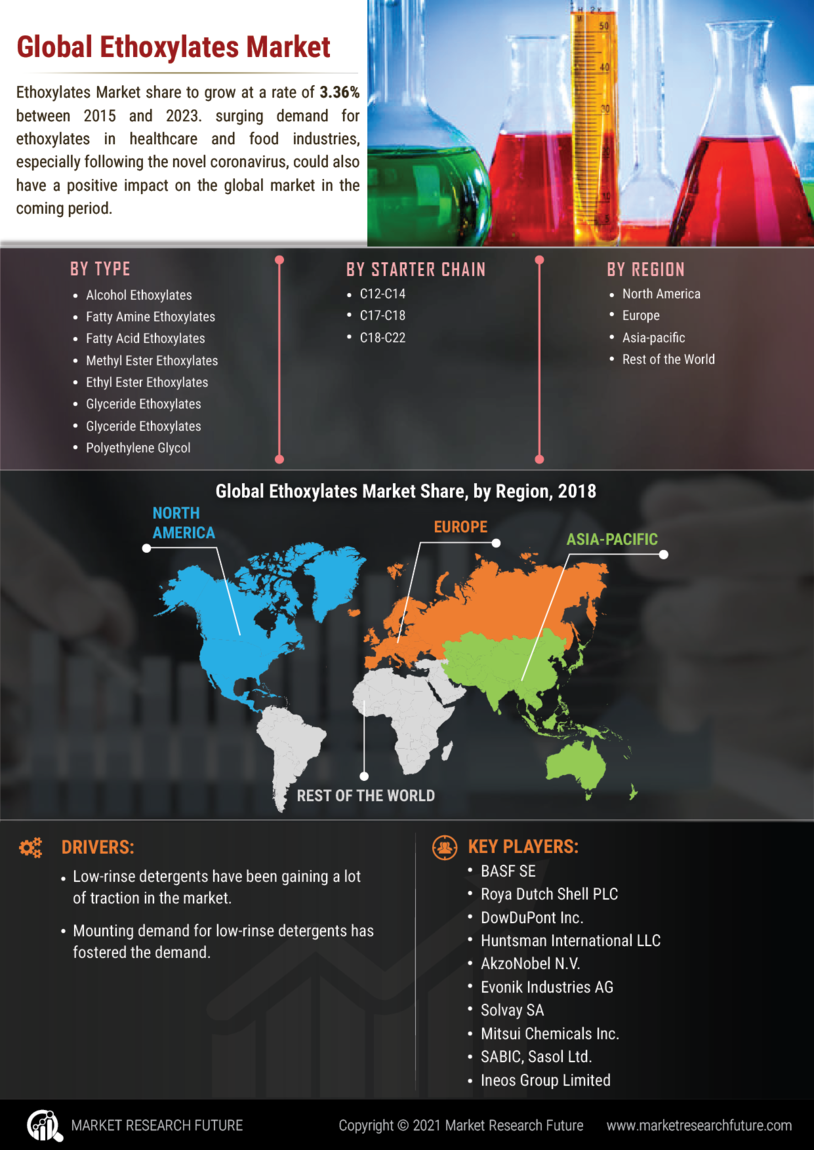

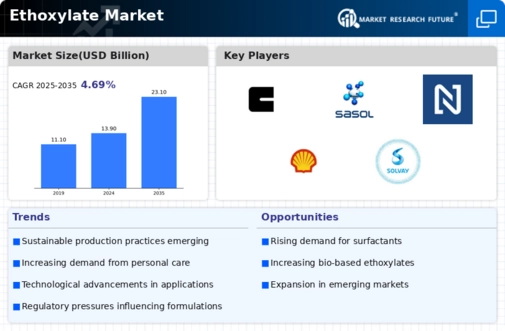
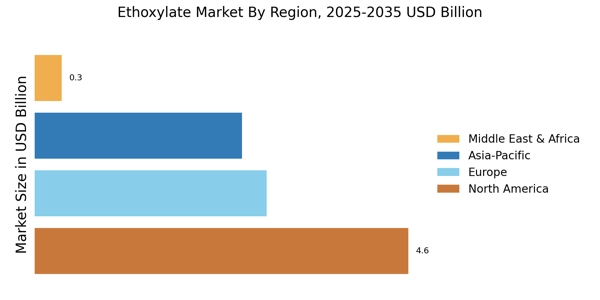

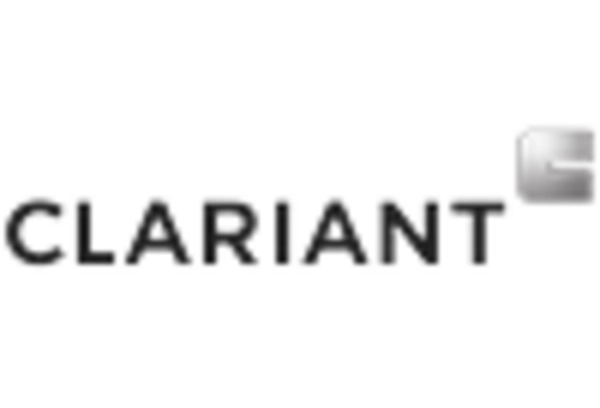
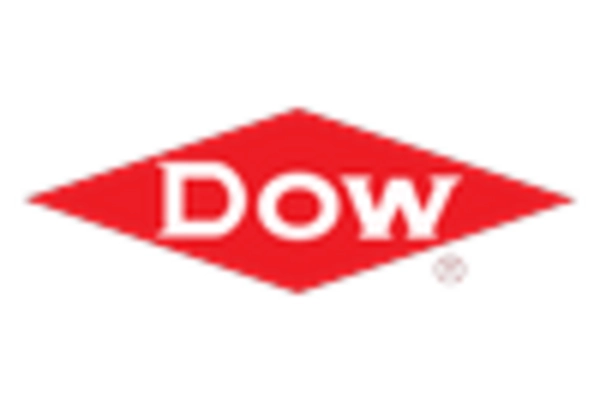
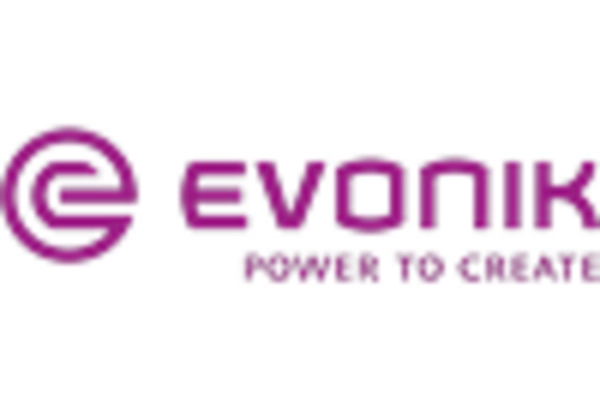
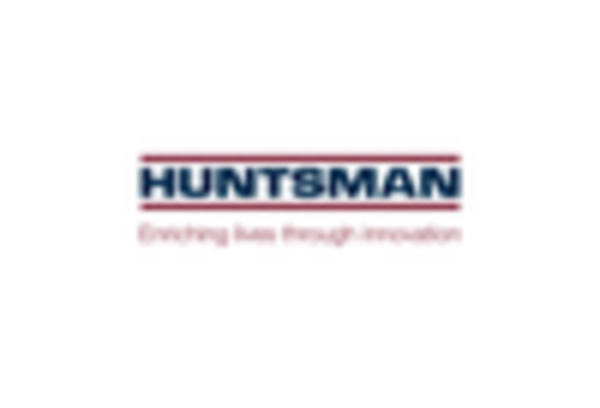
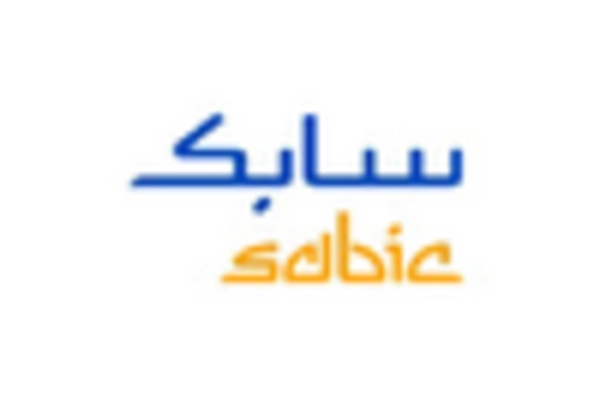








Leave a Comment